Selected Research Topics
With our research we cover and combine a wide range of topical areas, ranging from nano- and biophotonics, advanced spectroscopy and magentometry, nanometrology, microscopy and imaging, all the way to the development and study of novel materials, quantum light-sources and structured light-matter interaction schemes. Complex structured and engineered light fields play a major role in many of our scientific activities.
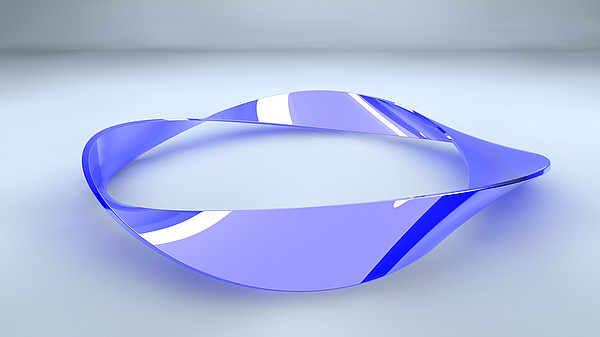
We study the generation, theoretical description and experimental measurement of both complex paraxial as well as tightly focused light beams. Amongst other techniques, we developed an experimental method for the reconstruction of the full vectorial field distirbutions (amplitudes and phases) of tightly focused light beams with deep sub-wavelength spatial resolution.
As part of the European Union's Horizon 2020 Research and Innovation programme, we co-develop, together with several partners, a new integrated sensor platform, which will revolutionise the way we process light by full utilisation of its fundamental properties. Furthermore, we study various applications of this novel detector platform in nano-optics and imaging. Learn more about this on our project website.
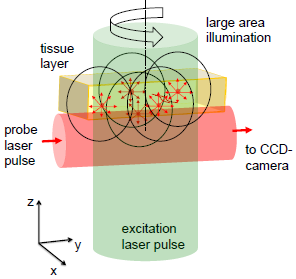
In our biophotonics research, the primary topic is photoacoustic imaging of biological tissue. We focus on the development of novel sensors and methods for photoacoustic tomography and microscopy in a wide range of projects. In collaboration with industrial partners, we deal with the development of sophisticated laser ultrasound methods for challenging material characterization problems.
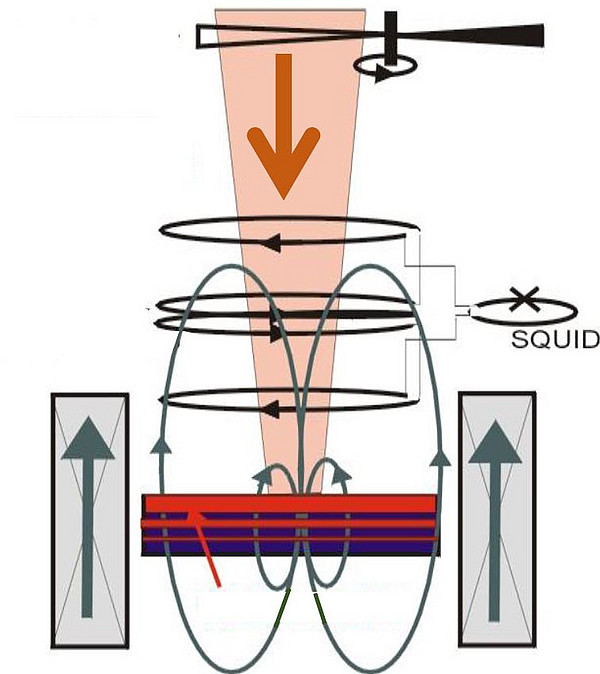
In the framework of various projects, e.g., in collaboration with the Medical Unviersity of Graz (Universitätsklinik für Neurologie) or the Max Planck Institute for the Science of Light in Germany, we investigate the magentic properties of different specimens based on SQUID magnetometry or by developing and utilizing novel magneto-optical methods involving structured light.
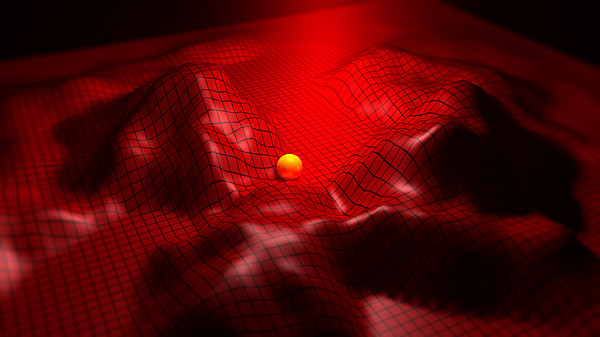
We develop powerful experimental methods and techniques based on the versatile and fascinating properties of nano-structured electromagnetic fields. These methods find a wide range of applications, e.g., in the areas of advanced spectroscopy, polarimetry and ellipsometry of individual nansocopic systems or novel artifical materials.
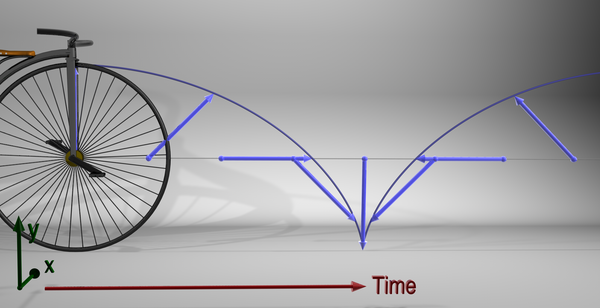
Transverse spin describes electric and magnetic field vectors spinning around an axis perpendicular to the propagation direction of the light wave, similar to the spokes of a wheel. This intriguing feature of electromagentic fields was among exotic light wave phenomena until very recently. However, together with other international groups we showed that it is actually a ubiquitous effect with a large variety of inetreasting fundamental aspects and and a plethora of practical applications. Since then, this topical field has been growing into a mature and quite active research area. As part of various projects, we develop experimental techniques capable of sensing the transverse spin density in highly confined light fields, demonstrate polarization tailored beams featuring special angular momentum properties, and explore new application areas.
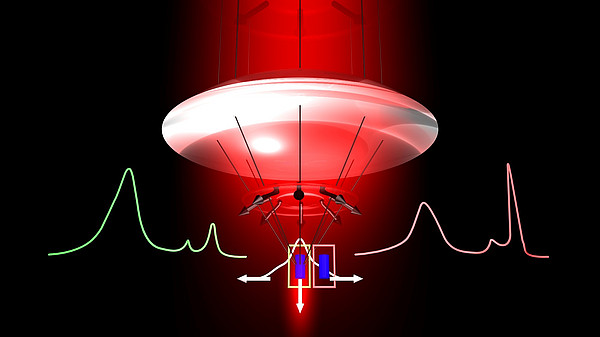
Raman spectroscopy is one of the most established spectroscopy methods for studying materials and molecules. In a series of experiments, we investigate, for instance, the versatile possibilities offered by structured illumination. As a direct consequence of the positon-depedent excitation of vibrational modes, various Raman spectra can be measured with a single-beam configuration.
In a series of projects, we investigate how light can be coupled into and out of optical circuits efficiently. Furthermore, we study the efficient and controable on-chip steering and processing of light. In this context, the interaction of light engineered at the nanoscale with tailored nanostructures plays a pivotal role.
We investigate the optical behavior of a novel hybrid material based on a carbon structure intercalated with gold and silver nanoparticles (carbon flakes). We perform measurements based on a novel polarimetric techniques to experimentally extract structural and optical properties of such carbon flakes. In addition, we explore new application areas.

The optical force acting on a dipole-like dielectric particle can be decomposed into various constituents. Strength and direction of each force component depend on the optical parameters of the particle, the ambient medium and the structure of the surrounding light field. In a series of projects, we investigate such forces and torques occurring in structured trapping beams and potential applicaitons in sensing and manipulation.
Epsilon near zero (ENZ) materials offer a variety of fascinating optical properties paving the way for many different applications. In a series of projects, we utilize structured and unstructured ENZ films interacting with strcutured light. Also, the extraordinary nonlinear properties of ENZ materials are explored and exploited in future experiments.
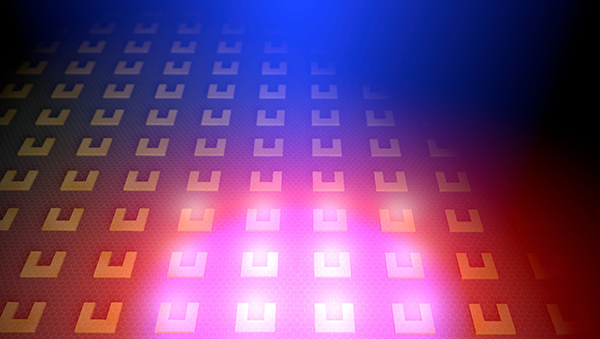
Ártifically structured surfaces allow for efficient and versatile manipulation, steering and characterization of light. In a series of collaborative projects, we design, fabricate and investigate the properties of such metasurfaces.Our research has a special focus on chiral properties, surface guidance of light, and possible applications.
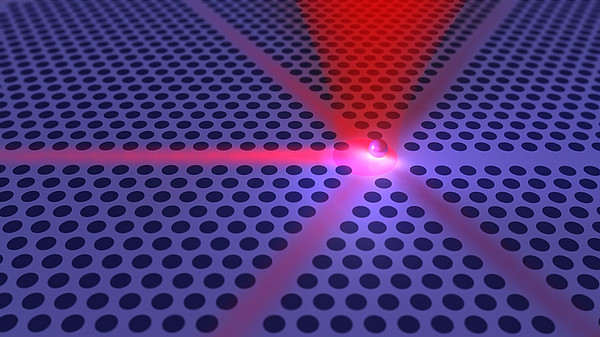
By talking advantage of our decade long expertise in vector beams and nanoscale light-matter interaction, we recently have been able to experimentally localize individual nanoparticles with sub-Angström accuracy and precision. Using tightly focused vector beams, a transverse Kerker dipole is excited in the nanoparticle to obtain directional scattering, which is position-dependent and optimized to be very sensitive to even tiny displacements on the order of a few Angströms. Such localization schemes might find many applications related to stabilization of microscopy and nanometrology setups.